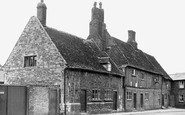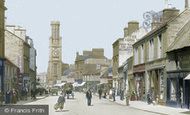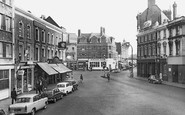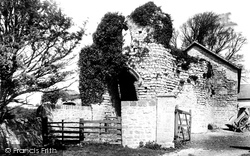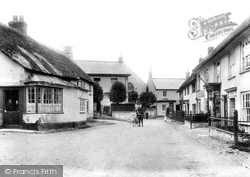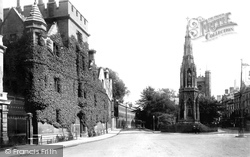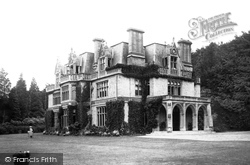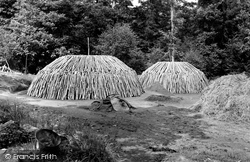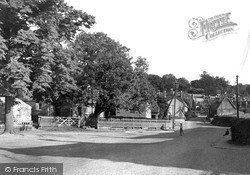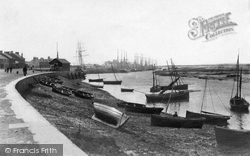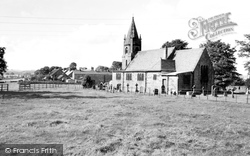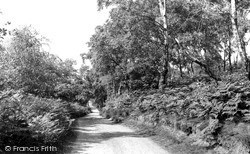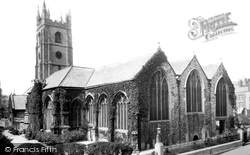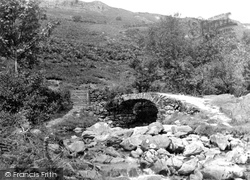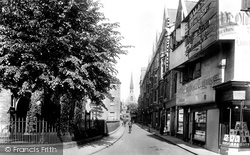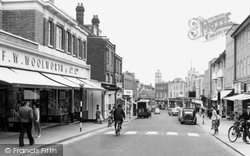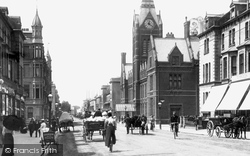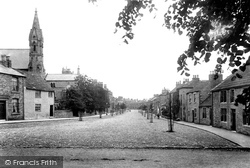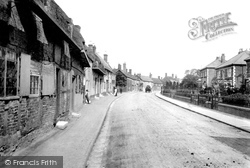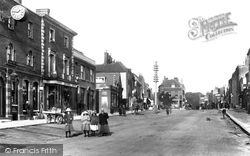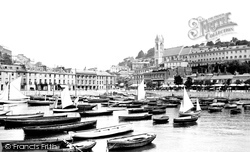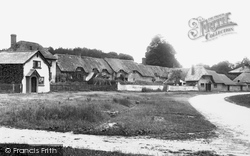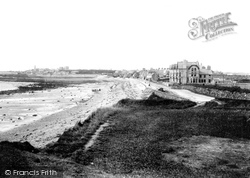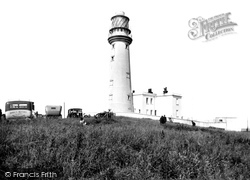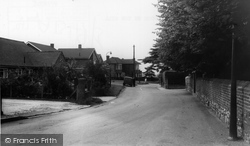Places
Sorry, no places were found that related to your search.
Photos
Sorry, no photos were found that related to your search.
Maps
39 maps found.
Books
Sorry, no books were found that related to your search.
Memories
780 memories found. Showing results 21 to 30.
Fond Memories
I lived at Mid Shirva Farm from 1950 till 1964. My father was the byreman, he was known as Wee Jock and my mum was Jan. I had a happy time growing up there; the summers seemed to be endless. I played in the fields during the ...Read more
A memory of Twechar in 1950 by
Fond Childhood Memory
These houses were on the way from our dad's allotment over by what is now the golf club to our Auntie Dot's house in the Range.Reminds me of all those long summer evenings we would ride our bikes from High Barnes to the allotment ...Read more
A memory of Ely by
Early Teens In Drongan
On tv at last, school bus, with a clippie, snowed in, couldn't get from Drongan to Cumnock Academy, should have been a good day off, but had to walk through loads of snow from Coalhall to Drongan, no thermals in those days! Old ...Read more
A memory of Ayr in 1964 by
Decades Ago
I was born in blandford in 1943 and lived there for the next 14 years,,, I remember my dad coming home from the war,,, my mother and I lived with my dads folks who were caretakers at the grammer school at blandford while my dad ...Read more
A memory of Blandford Camp in 1953 by
Coundon
I remember living in george st west on the new rows I can remembet the shops there were lots ; the co-op walter wilsons where my aunt worked there was a tv shop post office; sparks shop tben another I cant remember the name then ...Read more
A memory of Coundon by
Collins Green Farm
It was in 1958 when I was just 5 years old that my mum, dad, 3 brothers (John, Les and Robert) and younger sister Barbara went to live in Collin Green Farm. For the next 5 years it was absolutely brilliant. I ...Read more
A memory of Collins Green in 1958 by
Childhood In Fulham.
I grew up living in Kingwood Road in the flats, firstly the last block 25a then when I was 5yrs to the first block 1f,which hold most of my memories. We would as kids in the street roller skate,play hopscotch,stretch our skipping ...Read more
A memory of Fulham by
Childhood In Fulham.
I grew up living in Kingwood Road in the flats, firstly the last block 25a then when I was 5yrs to the first block 1f, which holds most of my memories. We would, as kids in the street, roller skate, play hopscotch, stretch our ...Read more
A memory of Fulham by
Busen And Parkins
I remember the old Bussen and Parkins in Mildenhall High Street burning down. I was only young then but have lived in Mildenhall most of my life. It was the night it burned down I was with my parents, coming home from visting ...Read more
A memory of Mildenhall in 1968 by
Burnt Boy
while hop picking with my parents at a farm in paddock wood in the early 1950s i was badley burnt when a petrol stove exploded farm name not rememberd spent 6 months in the burns unit at a hospital in ...Read more
A memory of Paddock Wood by
Captions
291 captions found. Showing results 49 to 72.
By the time that this photograph was taken, very little of Barry Castle remained.
The men standing at the door on the left are customers of the Lion Inn, which burned down on 8 November 1908 and was never rebuilt. The Congregational Chapel in the background was built in 1831.
To the right of Balliol College is the famous Martyrs' Memorial, commemorating the 16th-century Protestant martyrs Latimer, Ridley and Cranmer, who were burned at the stake in nearby Broad Street.
Tennyson knew and loved Haslemere and the Surrey hills. Aldworth, his former home, is in Lurgashall, Sussex, but close to Haslemere, along the now renamed Tennyson Lane.
Epping Forest, which now covers some 6,000 acres, was ten times larger in the 17th century.
This is not Isaac Newton's Woolsthorpe, but the village west of Grantham in rolling countryside right on the Leicestershire border; it has fine views of Belvoir Castle a mile away on its hill on the other
A royal burgh and port, Irvine was, by the 1920s, a town of 7,000 inhabitants.
The small village of Burnt Yates in Nidderdale is graced by this neat little Victorian sandstone church.
In 1698 the traveller Celia Fiennes noted that there was a considerable industry of cutting and burning the bracken on Cannock Chase.
St Andrew's is the mother church of Plymouth; there is evidence that a Christian community used the site as early as the 8th century. Construction of the present building commenced in 1370.
High Sweden Bridge is a picturesque packhorse bridge over the Scandale Beck between High Pike and Snarker Pike (there is a Low Sweden Bridge lower down the valley).
High Sweden Bridge is a picturesque packhorse bridge over the Scandale Beck between High Pike and Snarker Pike (there is a Low Sweden Bridge lower down the valley).
Exeter College was founded by one of Exeter's bishops in 1314, though most of the college buildings have been restored or rebuilt over the years.
Another well-known multi-national dominates this view; the branch has been here since about 1930, though the left-hand extension is a post-War development on the site of the Cinema de Luxe, which burned
This bustling view of Church Road with its bicycles and horse-drawn vehicles is dominated by the sadly- lamented old Town Hall, which burned down in 1966.
Perhaps Richmond's most handsome and unchanged cobbled street, Newbiggin means 'new settlement'; its level width suggests that it was planned as the town's original market place.
The notorious Judge Jeffries condemned her to be burned at the stake, but this sentence was commuted to beheading. She is buried in the nearby churchyard at Ellingham.
The Constitutional Club (far left) burned down in February 1910. The blaze also damaged Archer's ironmongers' shop next door (with a kettle for its trade-sign).
Tennyson knew and loved Haslemere and the Surrey Hills. Aldworth, his former home, is in Lurgashall, Sussex, but close to Haslemere, along the now renamed Tennyson Lane.
Its west window was designed by the pre-Raphaelite artist Edward Burne-Jones.
During the 1830s this pretty village was the scene of a major uprising among farm labourers, with angry mobs burning hayricks and destroying machinery.
If coal was burned in these houses, it had to be imported from the mainland.
The lighthouse was designed by Samuel Watts and built by John Matson at a cost of £8000. It was first lit on 1 December 1806.
Firstly, the Shaa family, who owned land here, produced two Mayors of London. Secondly, a local farmer called Thomas Higbed was burned at the stake in 1555, on a charge of heresy.
Places (0)
Photos (0)
Memories (780)
Books (0)
Maps (39)

